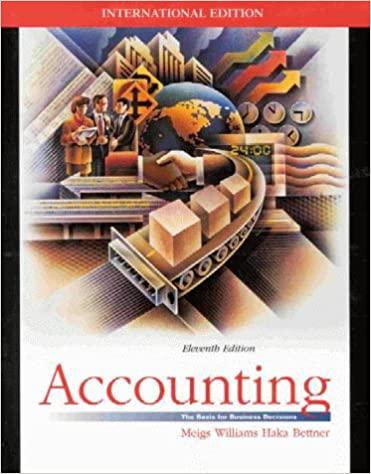Question
Suppose that there are three types of investors with the following tax rates: Individuals Corporations Institutions Dividends 30% 5% 0% Capital gains 15% 30% 0%
Suppose that there are three types of investors with the following tax rates:
|
| Individuals | Corporations | Institutions |
| Dividends | 30% | 5% | 0% |
| Capital gains | 15% | 30% | 0% |
Individuals invest a total of $80 billion in stock and corporations invest $10 billion. The remaining stock is held by the institutions. All three groups simply seek to maximize their after-tax income. These investors can choose from three types of stock offering the following pre-tax payouts per share:
|
| Low Payout | Medium Payout | High Payout |
| Dividends | $8 | $10 | $30 |
| Capital gains | $17 | $10 | $0 |
These payoffs are expected to persist in perpetuity. The low-payout stocks have a total market value of $100 billion, the medium-payout stocks have a value of $50 billion, and the high payout stocks have a value of $120 billion. Assume that the marginal investors that determine the stock prices are the institutional investors, and they require 12% after-tax returns. What are the dollar amounts of the three types of stock held by each investor group? Show all work to receive marks. No marks will be given for answers without justification.
|
| Low Payout | Medium Payout | High Payout |
| Individuals (1.5 marks) | $[A] billion | $[B] billion | $[C] billion |
| Corporations (1.5 marks) | $[D] billion | $[E] billion | $[F] billion |
| Institutions (1.5 marks) | $[G] billion | $[H] billion | $[I] billion |
Step by Step Solution
There are 3 Steps involved in it
Step: 1

Get Instant Access to Expert-Tailored Solutions
See step-by-step solutions with expert insights and AI powered tools for academic success
Step: 2

Step: 3

Ace Your Homework with AI
Get the answers you need in no time with our AI-driven, step-by-step assistance
Get Started


